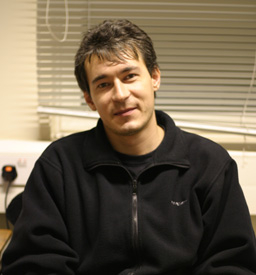Turbulence in the solar atmosphere presents a challenge for radio observations but at the same time is the key ingredient for coronal heating and solar wind acceleration. Radio signals propagating via solar corona and solar wind are significantly affected by density fluctuations, impacting solar radio burst properties as well as the observations of sources viewed through the turbulent atmosphere. Using large-scale simulations of radio-wave transport, the radial profile of anisotropic density turbulence from the low corona to 1 au is explored. For the first time, a profile of heliospheric density fluctuations is deduced that accounts for the properties of extra-solar radio sources, solar radio bursts, and in-situ density fluctuation measurements in the solar wind at 1 au. Combining the anisotropic turbulence model with the space-craft frequency broadening measurements radial and perpendicular to radial velocities are deduced. The deduced properties of turbulence could are used to estimate the energy deposition rates due to Landau damping ion-sound waves and specific energy rate Alfven wave turbulent cascade at large scales.


Eduard Kontar is Professor of Astrophysics in the School of Physics and Astronomy at the University of Glasgow, UK. His research is in solar and space physics covering solar flare energetic particle acceleration and propagation, plasma kinetic theory, solar radio and X-ray Astronomy, radio and X-ray emission mechanisms, inverse theory, and the development and application of new methods of X-ray and radio data analysis techniques.